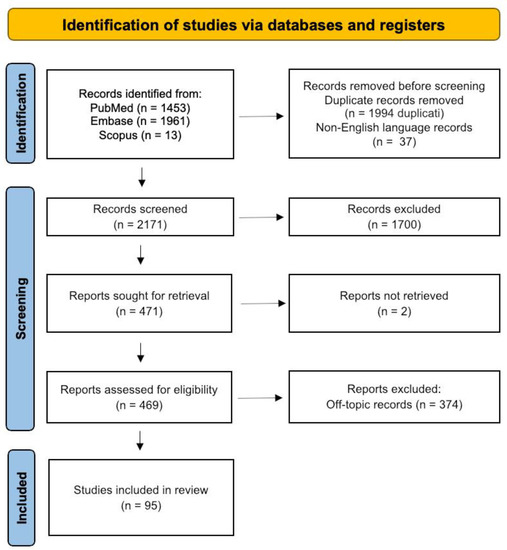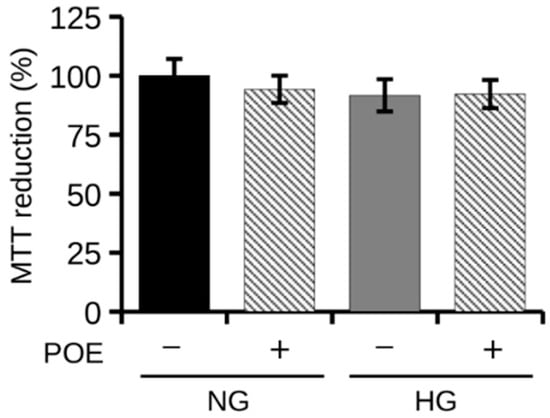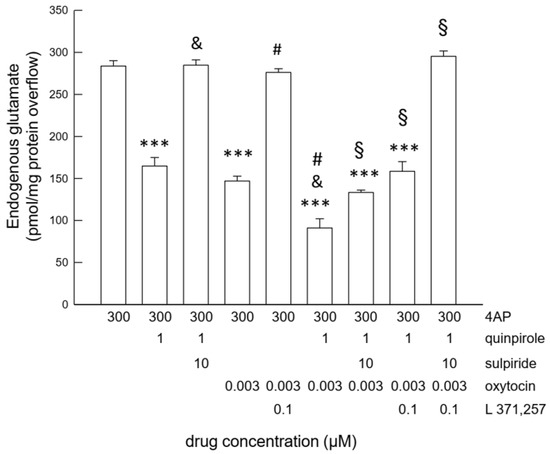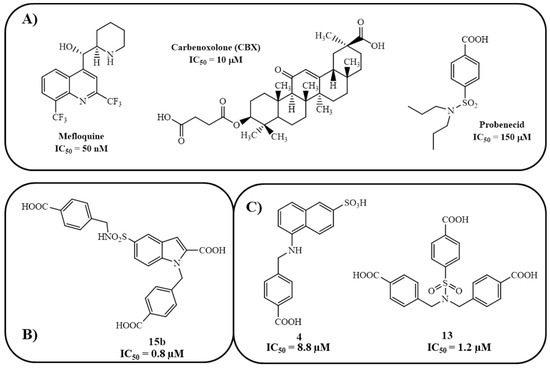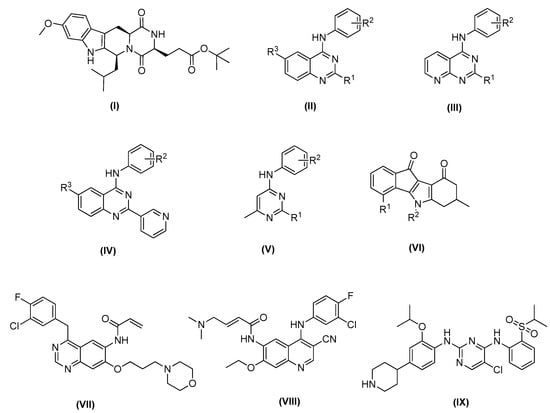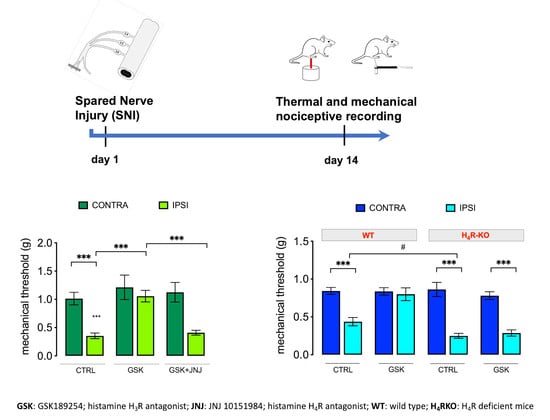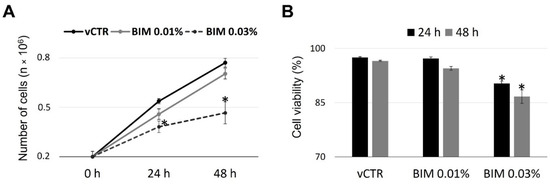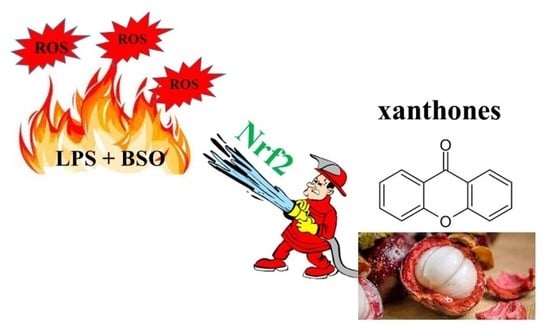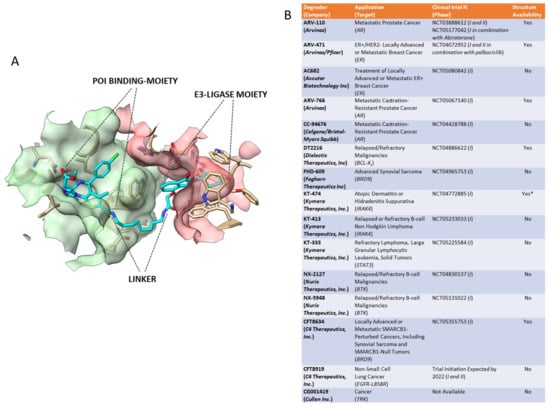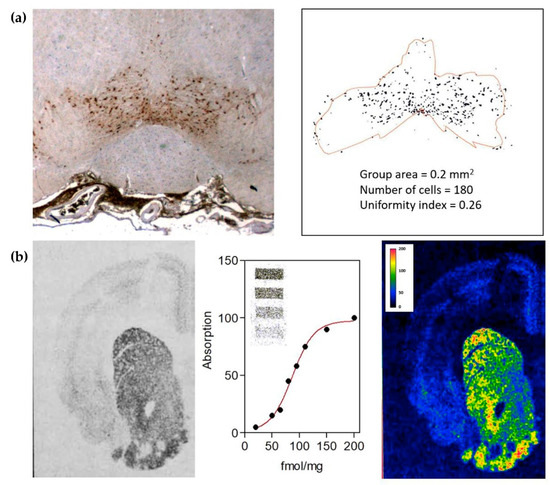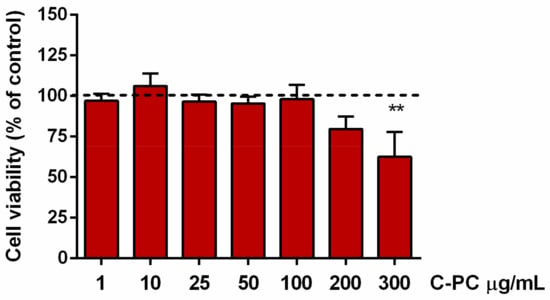State-of-the-Art Molecular Pharmacology in Italy
A topical collection in International Journal of Molecular Sciences (ISSN 1422-0067). This collection belongs to the section "Molecular Pharmacology".
Viewed by 25290Editors
Interests: drug design and synthesis; pharmacokinetics; food-derived bioactive molecules; voltage-gated potassium channels; TRPM8
Interests: G protein-coupled receptors; receptor-receptor interactions; non-synaptic forms of intercellular communication in the nervous system; neurobiology and neuroanatomy; biology and pharmacology of hyaluronic acid; quantitative methods in microscopic anatomy with particular reference to image analysis methods
Interests: cancer pain; supportive care; symptom management; palliative care
Special Issues, Collections and Topics in MDPI journals
2. Department of Human Sciences and Quality of Life Promotion San Raffaele University, Via di Val Cannuta, 247, I-00166 Rome, Italy
Interests: research in nicotinic receptor in cancer; COPD; addiction; Alzheimer; systems medicine; Covid-19
Special Issues, Collections and Topics in MDPI journals
Interests: metalloenzymes; carbonic anhydrase; medicinal chemistry; selenium; organochalcogenide comounds
Special Issues, Collections and Topics in MDPI journals
Topical Collection Information
Dear Colleagues,
Pharmacology is a discipline which deals with the interaction of a drug of natural, semisynthetic, or fully (bio)synthetic origin with a human or animal organism. Thus, it involves different disciplines at the interface of pharmacy/medicinal chemistry and physiology/pathophysiology in their broadest sense. It operates at various organizational levels, such as the molecular, subcellular, cellular, organ, and systemic platforms. Molecular pharmacology investigates the molecular mode of action of drugs, among others using genetic and molecular biology methods, and in consequence, it is one of the most rapidly developing fields of pharmacology.
Original research and review articles on molecular pharmacology are invited. The Section “Molecular Pharmacology” aims to publish the latest developments in cellular and molecular pharmacology with a major emphasis on the mechanism of action of novel drugs, innovative pharmacological technologies, cell signaling, transduction pathway analysis, genomics, proteomics, and metabonomics applications to drug action. An additional focus will be the way in which normal biological function is illuminated by knowledge of the action of drugs at the cellular and molecular level.
A large number of research teams in Italy from different institutions and universities are working together and devoting considerable efforts to developing and studying molecular pharmacology. This Topical Collection is committed to providing an overview of the macromolecular sciences and technologies in Italy.
Prof. Dr. Carmine Ostacolo
Prof. Dr. Diego Guidolin
Prof. Dr. Sebastiano Mercadante
Dr. Patrizia Russo
Dr. Andrea Angeli
Collection Editors
Manuscript Submission Information
Manuscripts should be submitted online at www.mdpi.com by registering and logging in to this website. Once you are registered, click here to go to the submission form. Manuscripts can be submitted until the deadline. All submissions that pass pre-check are peer-reviewed. Accepted papers will be published continuously in the journal (as soon as accepted) and will be listed together on the collection website. Research articles, review articles as well as short communications are invited. For planned papers, a title and short abstract (about 100 words) can be sent to the Editorial Office for announcement on this website.
Submitted manuscripts should not have been published previously, nor be under consideration for publication elsewhere (except conference proceedings papers). All manuscripts are thoroughly refereed through a single-blind peer-review process. A guide for authors and other relevant information for submission of manuscripts is available on the Instructions for Authors page. International Journal of Molecular Sciences is an international peer-reviewed open access semimonthly journal published by MDPI.
Please visit the Instructions for Authors page before submitting a manuscript. There is an Article Processing Charge (APC) for publication in this open access journal. For details about the APC please see here. Submitted papers should be well formatted and use good English. Authors may use MDPI's English editing service prior to publication or during author revisions.
Keywords
- drug discovery
- innovative pharmacological technologies
- omic sciences
- receptors
- receptor complexes
- immunological therapies
- microvesicles and delivery systems
- molecular modeling
- high throughput screening









